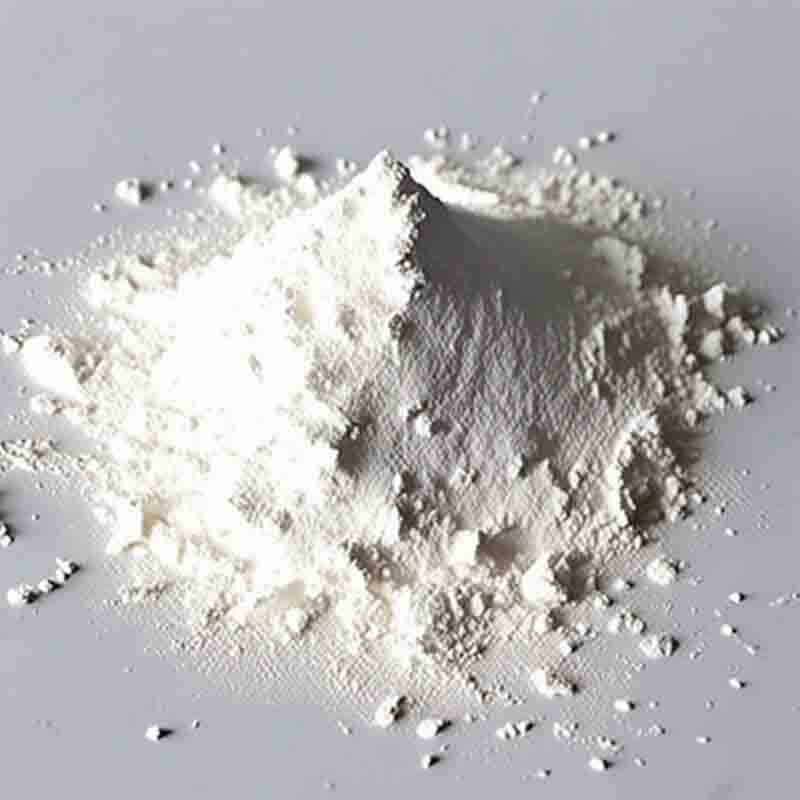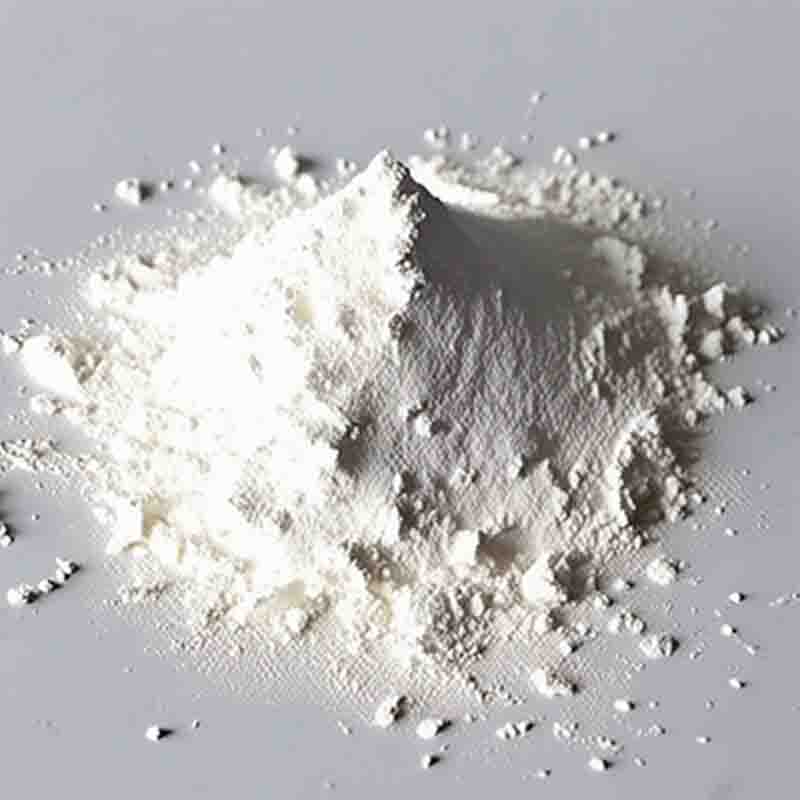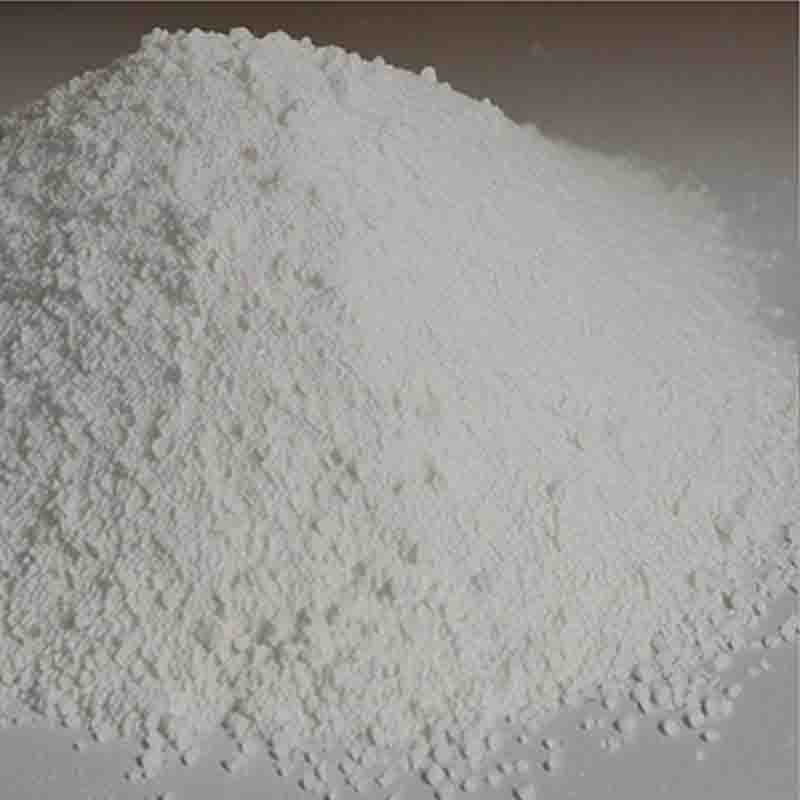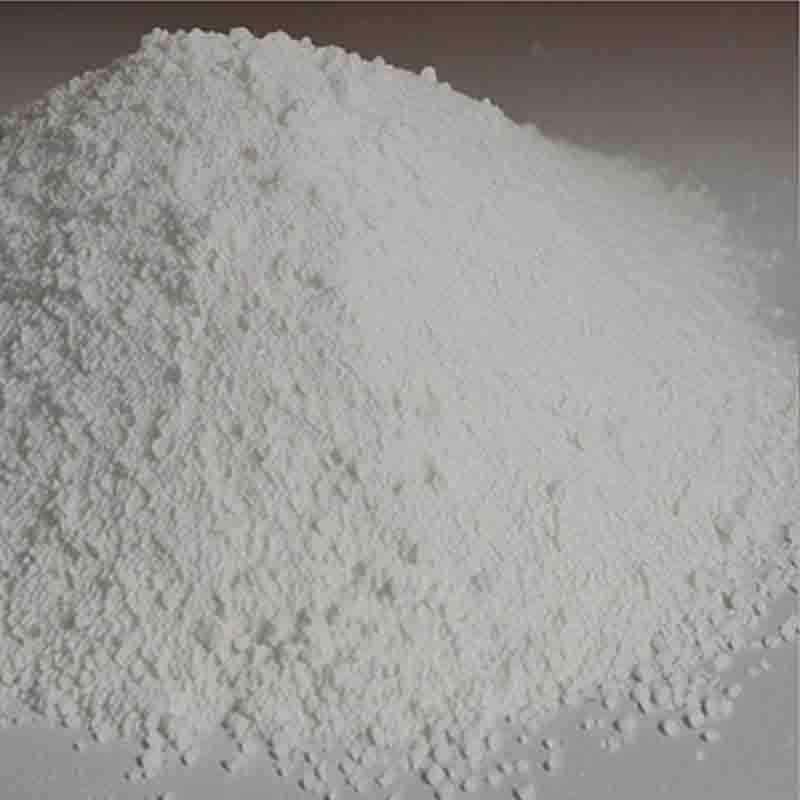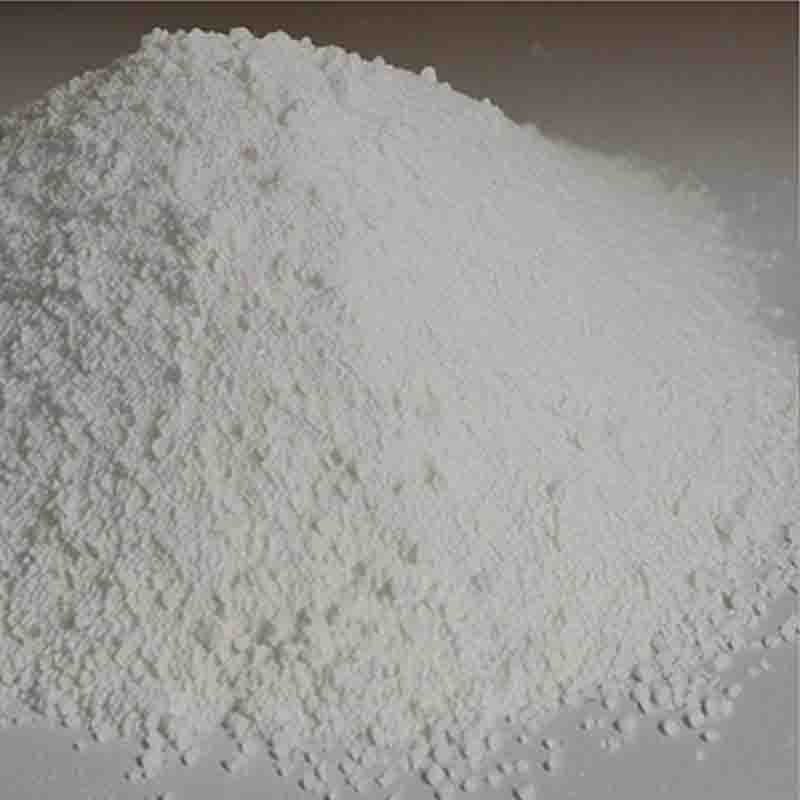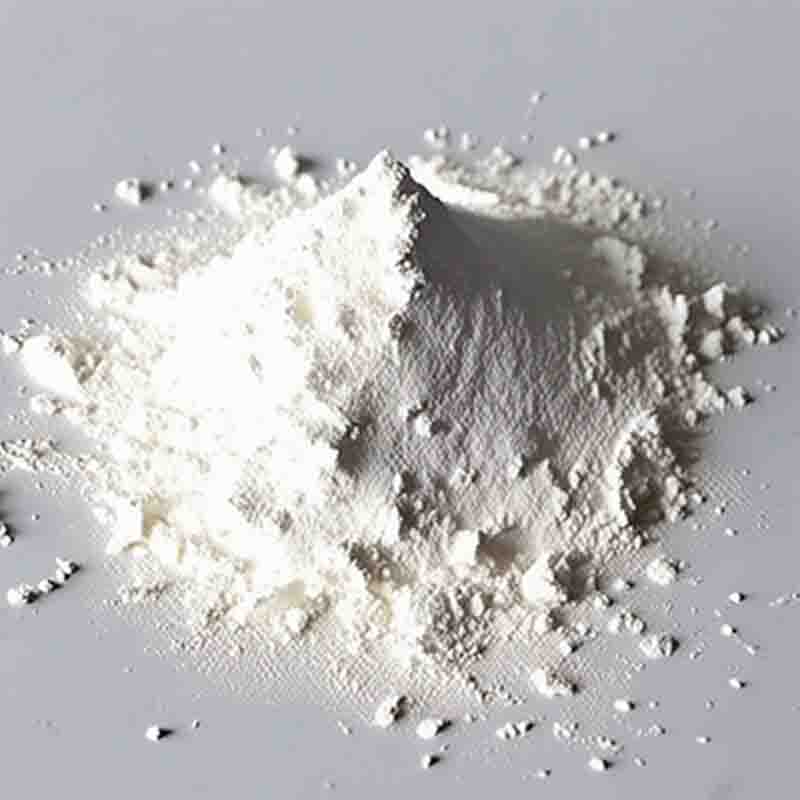Alpha,Alpha,Alpha-Trifluoro-p-toluicacid CAS:455-24-3
| Catalog Number | XD96234 |
| Product Name | Alpha,Alpha,Alpha-Trifluoro-p-toluicacid |
| CAS | 455-24-3 |
| Molecular Formula | C8H5F3O2 |
| Molecular Weight | 190.12 |
| Storage Details | Ambient |
Product Specification
| Appearance | White powder |
| Assay | 99% min |
Alpha,Alpha,Alpha-Trifluoro-p-toluic acid is a colorless crystalline solid that is commonly used as an intermediate in the synthesis of various pharmaceuticals, agrochemicals, and other organic compounds. It is also known as Trifluoromethyl-p-toluic acid and has a molecular formula of C8H5F3O2.
The primary effect of Alpha,Alpha,Alpha-Trifluoro-p-toluic acid is its ability to act as a strong acid due to the presence of the trifluoromethyl group. This property makes it an important reagent in organic synthesis, where it is used in the preparation of esters, amides, and other derivatives.
In addition to its acidic properties, Alpha,Alpha,Alpha-Trifluoro-p-toluic acid also exhibits some unique physical and chemical properties. It has a high melting point of 160-162°C and is soluble in polar solvents such as methanol and water. However, it is insoluble in non-polar solvents such as hexane and benzene.
One of the most significant applications of Alpha,Alpha,Alpha-Trifluoro-p-toluic acid is in the synthesis of the herbicide flucarbazone. Flucarbazone is a selective herbicide that is used to control broadleaf weeds in cereal crops such as wheat, barley, and oats. The synthesis of flucarbazone involves the reaction of Alpha,Alpha,Alpha-Trifluoro-p-toluic acid with other reagents to form the final product.
Alpha,Alpha,Alpha-Trifluoro-p-toluic acid is also used in the production of other agrochemicals, such as fungicides and insecticides. It is a key intermediate in the synthesis of the fungicide fludioxonil, which is used to control various fungal diseases in crops such as grapes, potatoes, and strawberries.
In conclusion, Alpha,Alpha,Alpha-Trifluoro-p-toluic acid is a versatile compound that has a range of applications in organic synthesis and agrochemical production. Its acidic properties and unique physical and chemical properties make it an important reagent in the chemical industry. Its use in the synthesis of herbicides, fungicides, and insecticides highlights its importance in modern agriculture.


